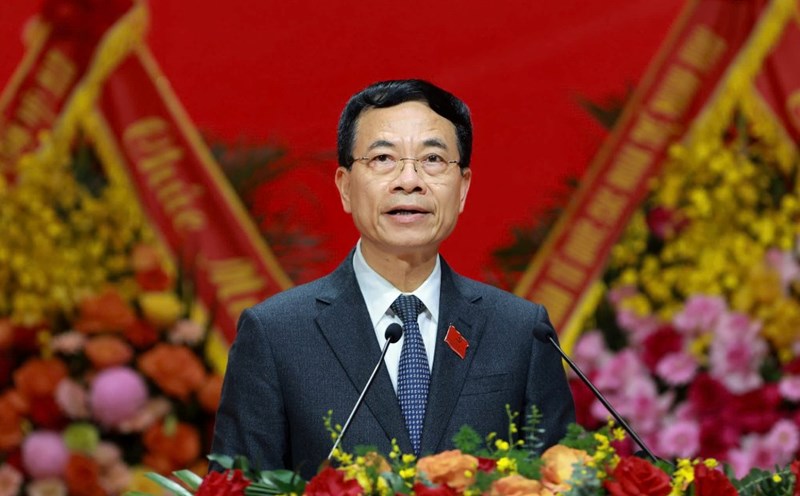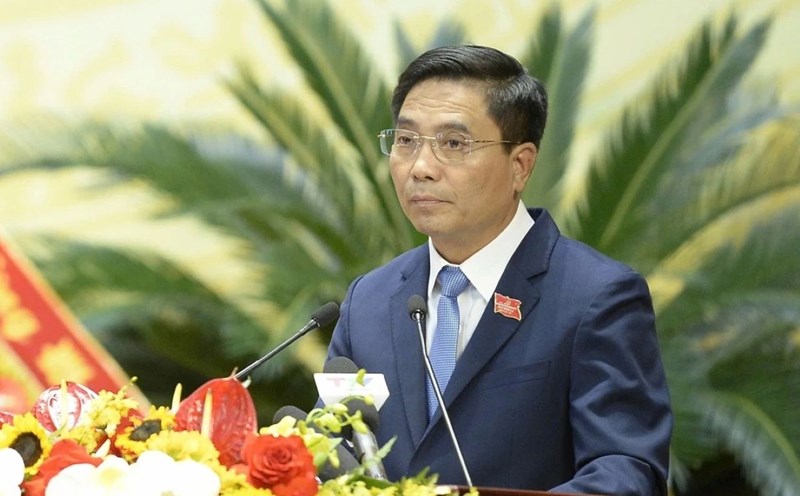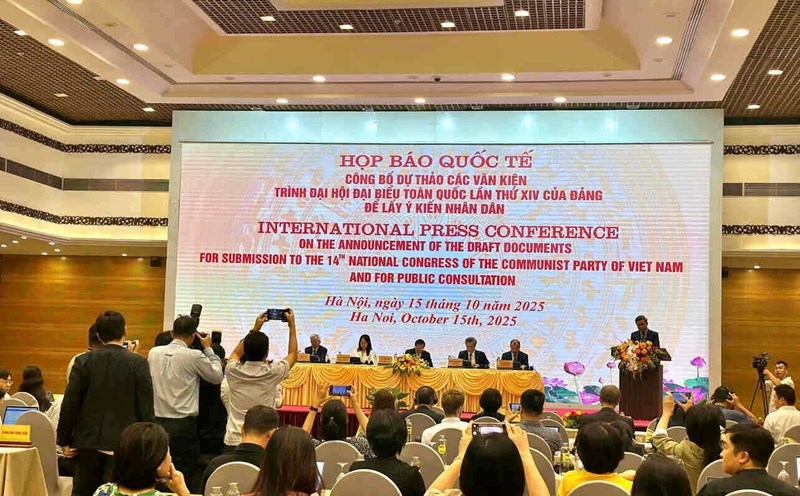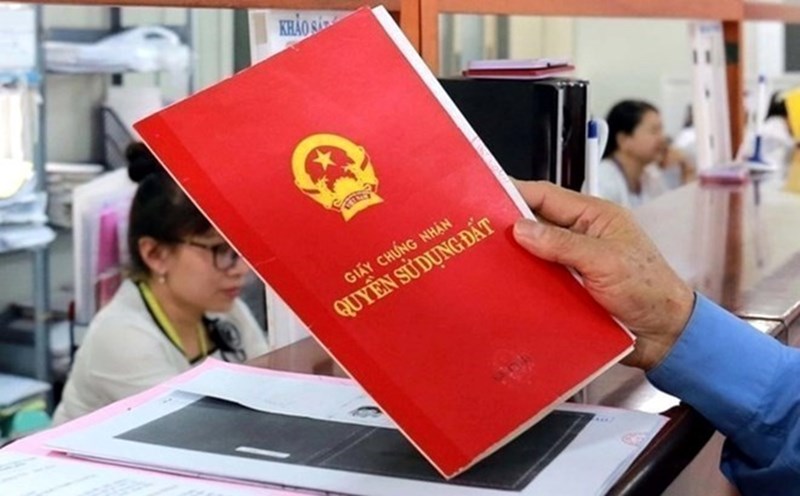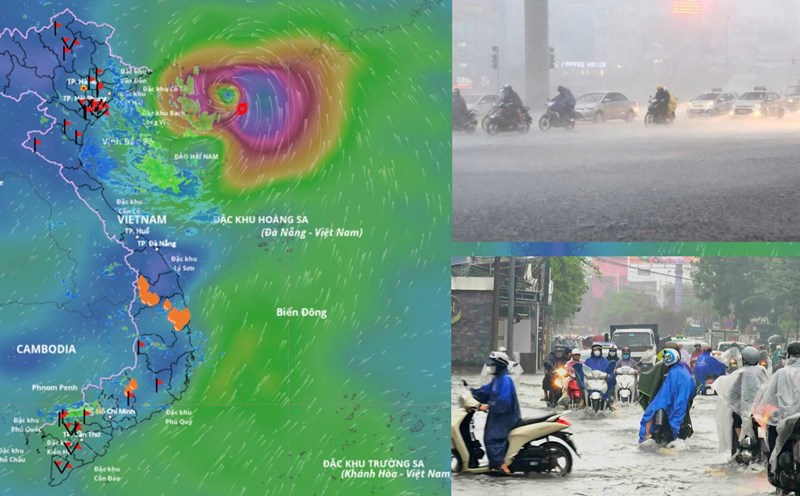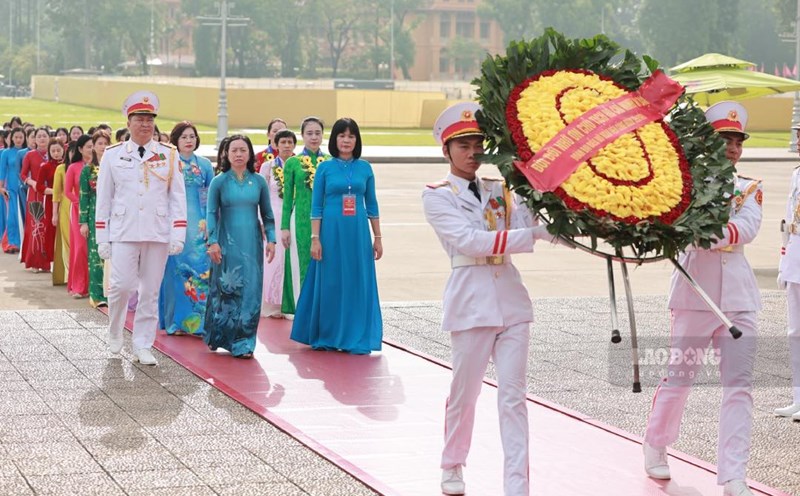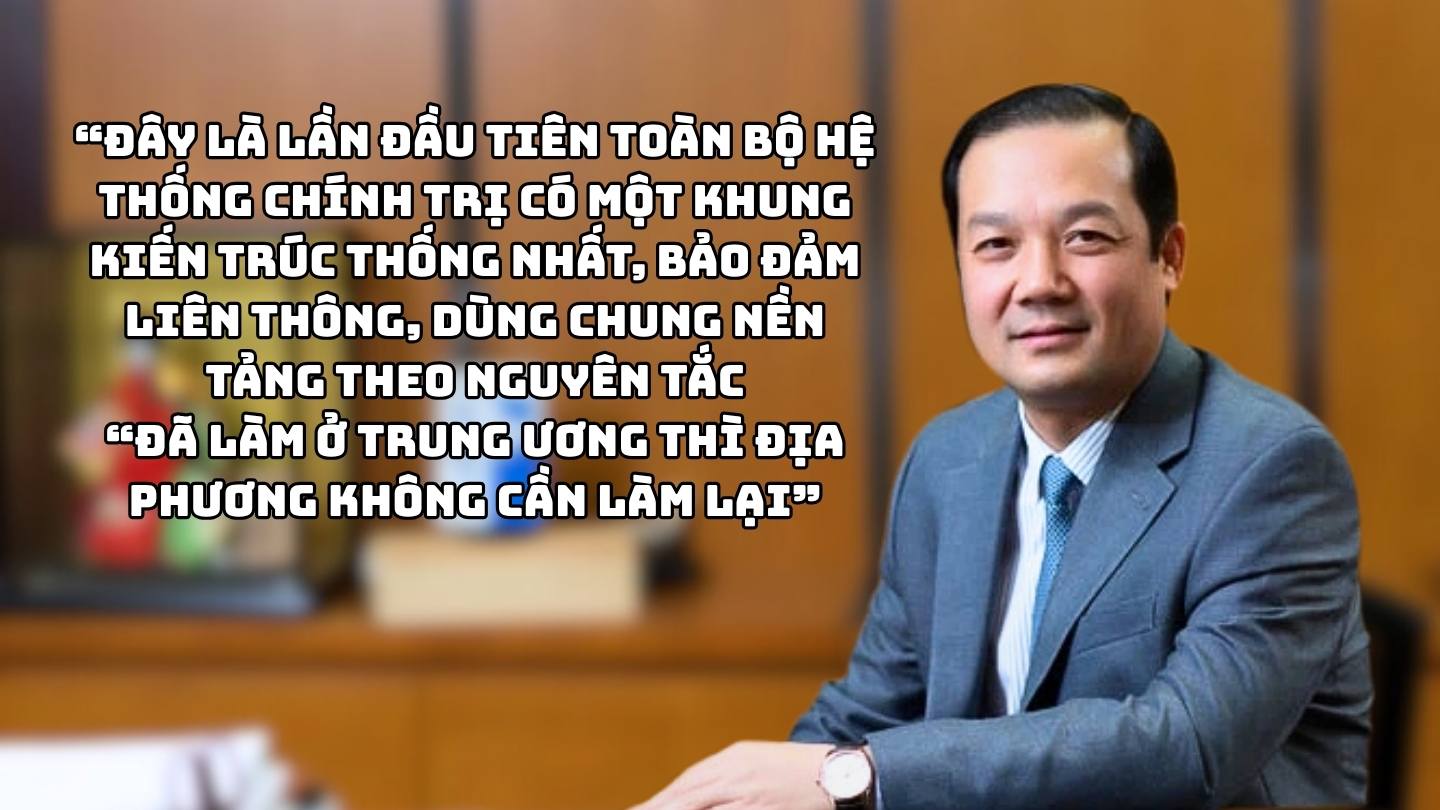
Digital transformation is being promoted in the entire political system, but many ministries, branches and localities still operate technology infrastructure according to their own model, lacking connectivity.
This leads to overlapping investment, waste and difficulty in data sharing. In that context, the Ministry of Science and Technology (KHCN) has guided the implementation of the National Digital Comprehensive Architecture Framework. This is considered an overall design that helps unify the technology platform between the Central and local governments.
Deputy Minister Pham Duc Long said that this is the first time the entire political system, including the National Assembly, Government, Fatherland Front, Court, ... has a unified architectural framework, ensuring connectivity, sharing the foundation according to the principle of "if done at the Central level, the locality does not need to do it again".
The National Digital Comprehensive Architecture Framework is issued according to the provisions of the Law on Electronic Transactions and detailed instructions in Decree 194/2025/ND-CP of the Government. The Ministry of Science and Technology is the agency in charge of building the framework in the spirit of ensuring connectivity and synchronization, clearly defining shared platforms from the central to local levels, avoiding duplication and waste in investment.
According to Deputy Minister Pham Duc Long, the Ministry of Science and Technology will soon issue detailed instructions for ministries, branches and localities to update or supplement the existing system based on this unified framework. He also emphasized that if ministries and branches do not implement according to assigned tasks, localities will not be able to do so.
The framework is designed in 4 layers: digital infrastructure and network security; data and core platform; shared applications and operations; interactive and measurement channels. The goal is to form a unified governance system based on data and artificial intelligence, with people at the center.
The implementation of the framework is divided into 3 phases: short-term, medium-term and long-term; with specific tasks for each level. The Ministry of Science and Technology affirms that this is an important foundation for moving towards a smart, efficient and cost-effective national governance model.

